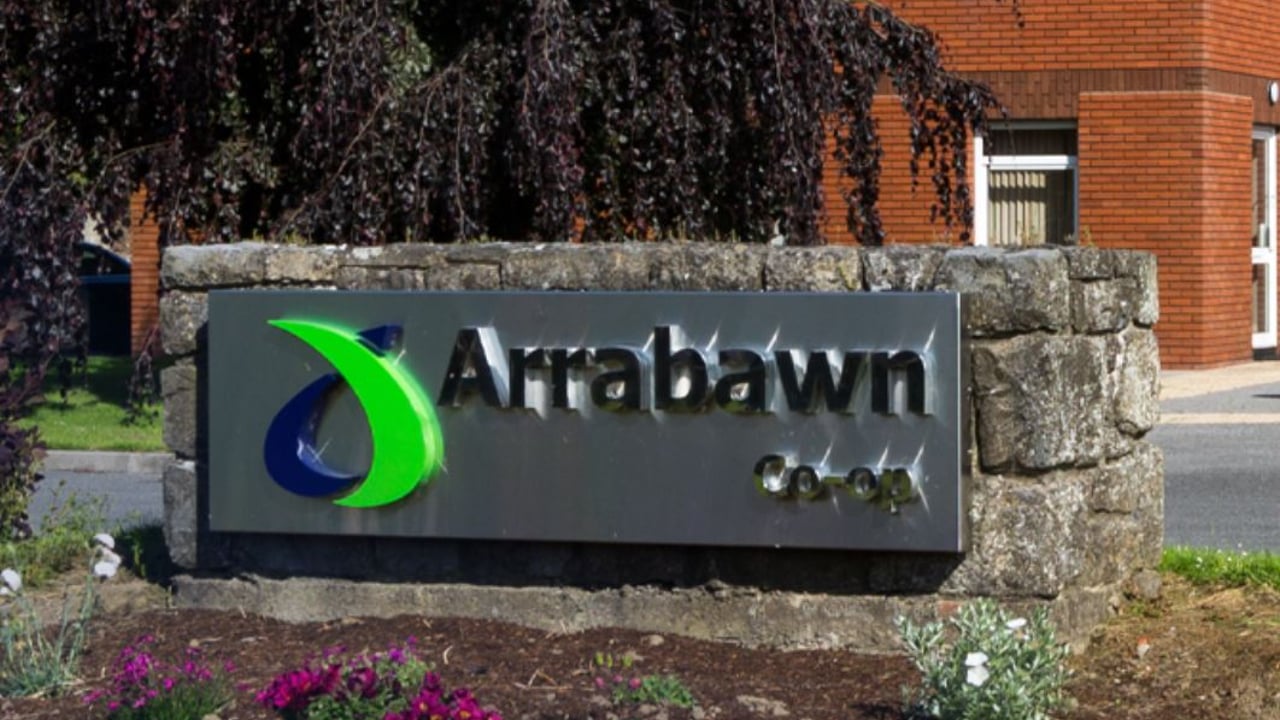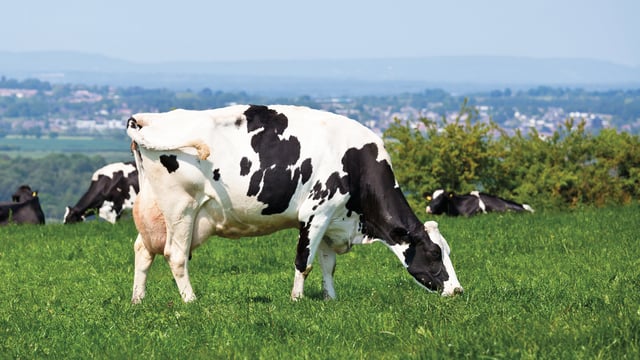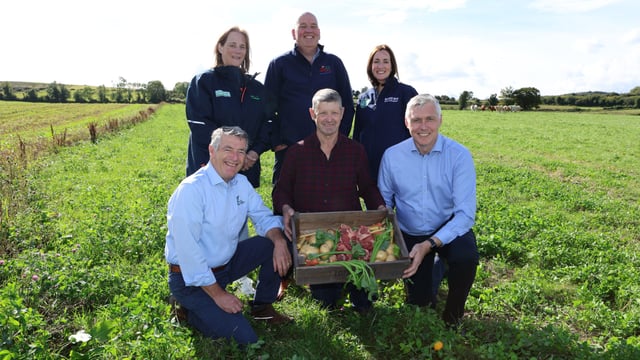Arrabawn and Tipperary confirm talks on potential amalgamation
Arrabawn Dairy Co-operative and Tipperary Co-operative Creamery have confirmed that they have entered preliminary exclusive discussions regarding possible integration of their operations, including potential amalgamation.
A joint statement from both businesses to Agriland said that the "exclusive exploratory process" has been undertaken by the neighbouring co-ops with a view to creating a stronger entity within the Irish dairy industry.
The milk pool of both would place a combined entity in the top four co-op processors in Ireland.
Discussions are at an early phase, and there have been no decisions made around a potential transition at this point.
Any change in structure would be subject to due diligence and require approval of the board of directors and ultimately the milk suppliers of both Arrabawn Co-op and Tipperary Co-op, as well as regulatory approvals.
A merger would only be considered if it would enhance the return for milk suppliers, members, employees, and customers, while at the same time maintaining the co-ops’ "commitment to delivering the highest-quality product and sustainable development of the Irish dairy industry", the co-ops said.
The two co-ops said that further updates will be provided as appropriate. In the meantime, both cooperative societies will continue to operate their businesses "as usual".
Arrabawn Co-op saw a turnover of €403 million in 2023, which was down around 20% from the €505 million reported in 2022.
The co-op, which is headquartered in Nenagh, Co. Tipperary and has around 1,000 member farmers, also declared a record operating profit of €10.77 million in 2023, which was up 12.5% year-on -year.
Arrabawn closed 2023 with a net debt of €10.3 million – a €13.8 million decrease compared to the corresponding figures for 2022, and down from a high of €45 million in 2019.
Arrabawn also completed a €3 million extension to its Dan O’Connor Feeds mill in Limerick last year, alongside other capital expenditure projects including a new entrance at its Nenagh headquarters, with new intake and CIP (Cleaning in Place for trucks) areas as well as water and heat recovery.





